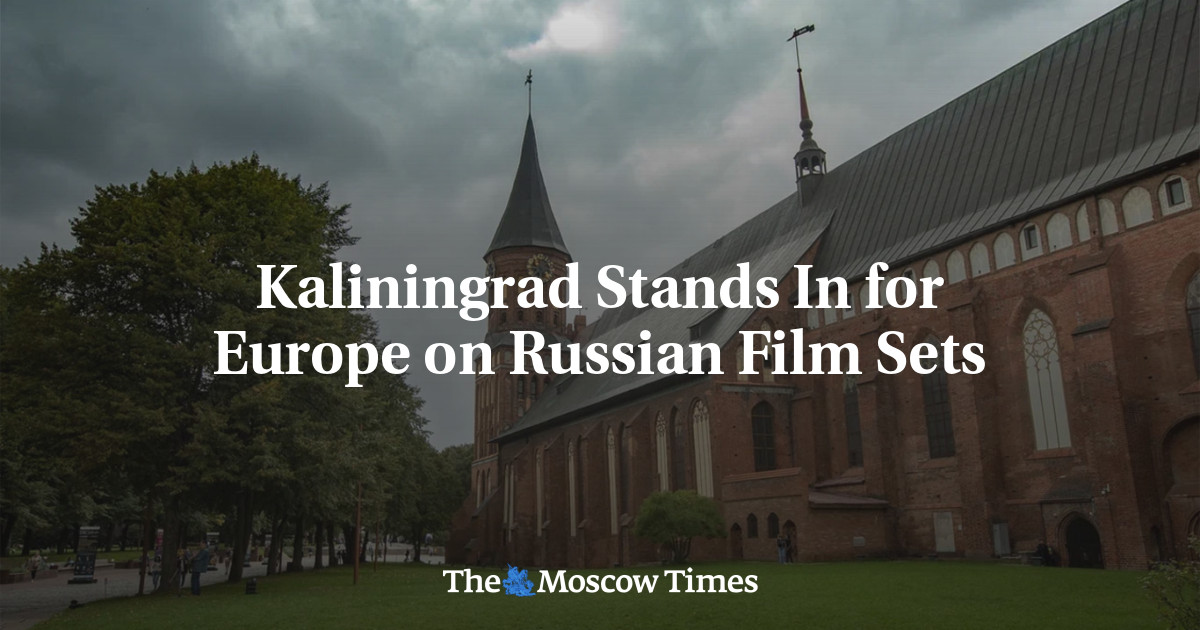
With their access to the West cut off since the beginning of the conflict in Ukraine, Russian filmmakers have turned to the city of Kaliningrad as a backdrop for Europe in their pictures.
Wedged on the Baltic Sea coast between Poland and Lithuania, the Russian enclave is dotted with Germanic facades, narrow streets and churches.
The region, conquered by the Red Army in 1945, still bears the architectural hallmarks of what was East Prussia — enough to lure Russian directors and producers short on locations that look less Soviet.
“Filming in Kaliningrad is very convenient. The administration welcomes us with open arms, we pay everything in rubles and the extras speak Russian,” said Muscovite producer Nikita Sapronov.
He recently used the city for his television series “GDR” — the Russian shorthand for East Germany — which takes place in Berlin around the fall of the Wall.
It was due to be filmed in Germany, but with Russia’s large-scale military intervention in Ukraine, “Europe basically shut the door in our face,” Sapronov told AFP.
His team fell back on Kaliningrad, recreating a section of the Berlin Wall in the city center this year.
“Kaliningrad perfectly filled in for East and West Berlin,” with its mix of German and Soviet buildings, Sapronov said.
Ersatz Europe
The proliferation of shoots in Kaliningrad speaks to the surprising health of the Russian film industry, despite its isolation from the international cultural scene and the flight of a work force fearing mobilization.
Local productions have benefitted from generous state subsidies.
Twice as many Russian children’s movies were made in 2022 than the previous year, according to the Russian industry publication Bulletin Kinoprokatchika.
Russian films have seen a 30% growth on streaming services and a 25% increase on television — although most productions are aimed exclusively at a domestic audience.
The government doubled its support for the cinema industry to 14.9 billion rubles ($160 million) in 2022, part of Russian President Vladimir Putin’s plan to replace imported products — cars, food and drink — with Russian-made items.
Leave a Reply